22
Sep / 13
Seating and Connection.
posted by: Alia
*Top left = Too far forward, Top right = Too far back, Bottom = Juuuust right (for me). Read On.
So we’ve talked about counting, stroke rate and split times. Having touched briefly on form let’s discuss a part of the basics. We don’t often talk about how to sit. The way you sit on an erg can greatly impact your posture and strength. Most new rowers are taught the sequence of rowing as legs move first, then body and lastly arms; reversing the movement to come back to the catch. But not a lot of time is put into seating and keeping your power connected in the seat.
Where you sit in the seat is just as important as how you sit in the seat. Make sure that when you place yourself on the seat you are not so far forward that you are perched on the edge and not too far back. Trust me when I say, falling on that rail is not the most fun thing in the world. Your placement in the seat will depend on how you are built. If you look at the seat there are pre molded curves. Those are mostly accurate. What’s most important is that you find a spot that will center your body weight both front to back and side to side of the erg.
Pushing and staying connected is so much easier said than done and takes a fair amount of practice. When I watch athletes at competitions most push their legs down straight leaving no tension in the hamstrings for a controlled recovery. The most important thing you should always know about rowing both in and out of the water is KEEP YOUR POWER CONNECTED! Keeping your power connected makes for a stronger pull and therefore efficient and safe movement. An athlete can best stay connected by squeezing their glutes. The entire time. To clarify, you don’t squeeze 100% during the stroke. Maintain tension around 20% at the catch ramping up to 100% at the end of the drive. In fact, to illustrate this point better. Think of the drive as a deadlift. As you drive into the floor in the start of the deadlift squeezing your glutes at the top to stabilize your body when standing tall. In doing so, you may notice a few things. One should be that it will be more difficult to lock your knees. Two, you may notice that you use your toes less to hang onto the straps when you are in the back position. These are all very good things!
Don’t be afraid to take a couple of strokes on an erg to try it out even if rowing isn’t in the WOD.


 310.465.6565 |
310.465.6565 |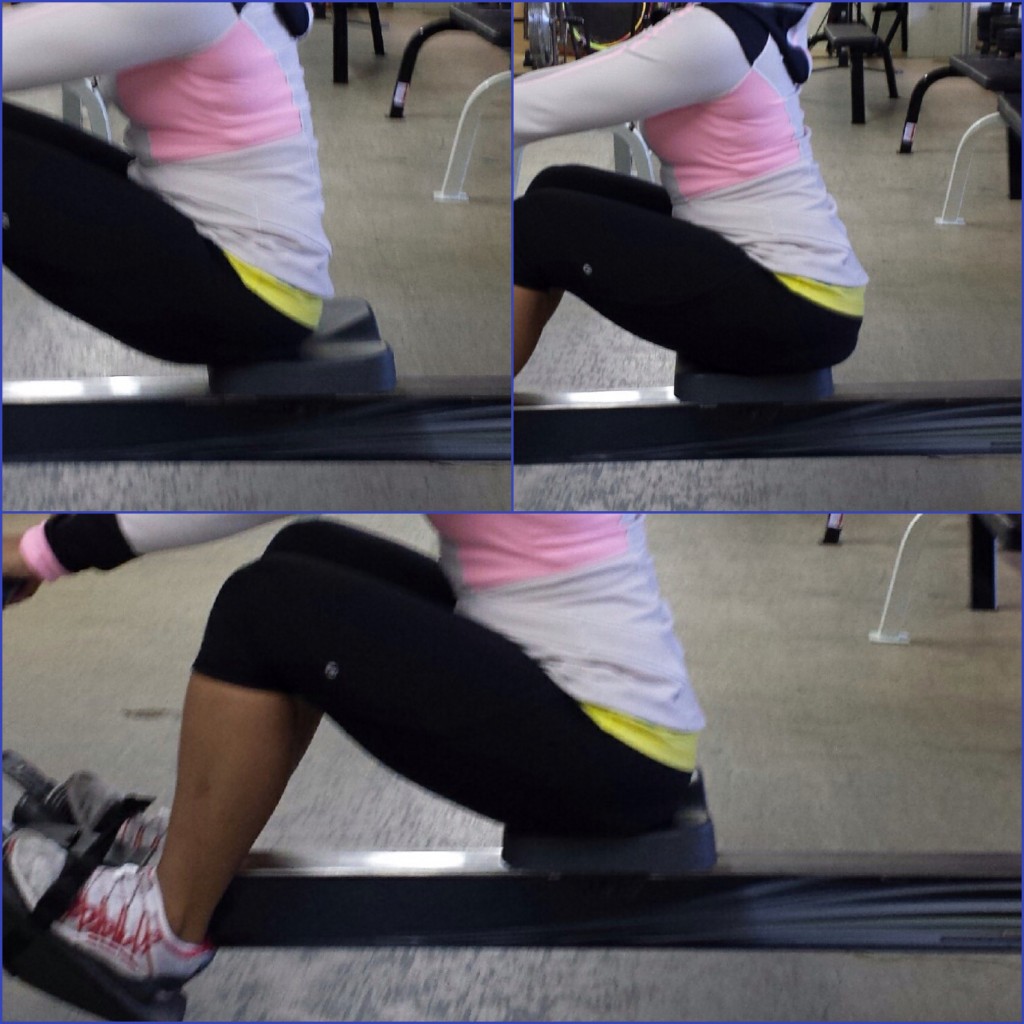
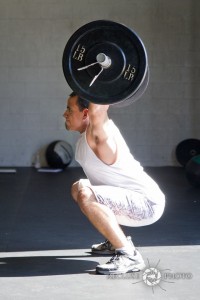
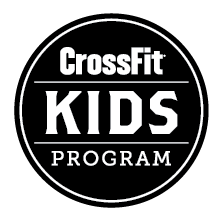


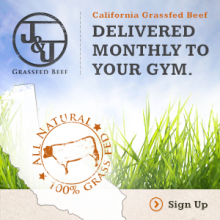













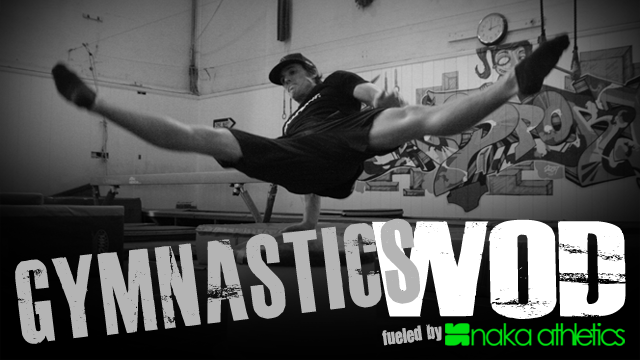







Leave a Comment:
RSS feed for comments
on this post.